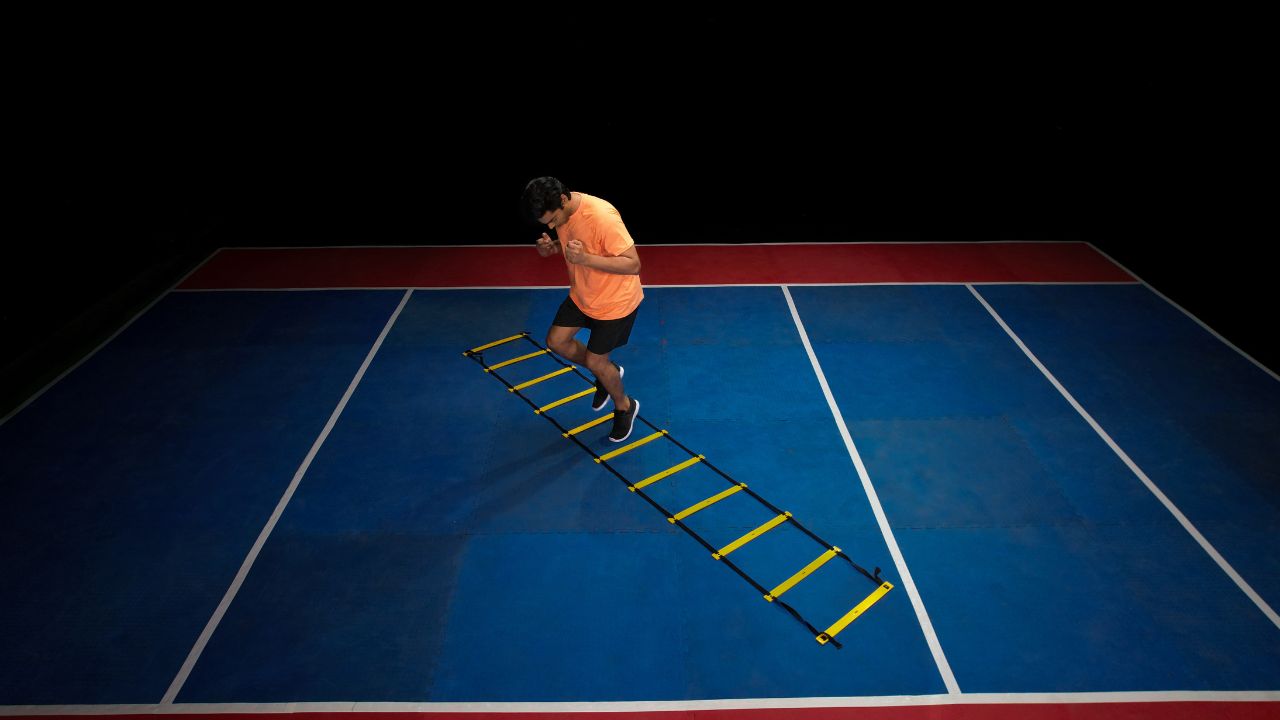
The Importance of Mobility for Athletes
As an athlete, you understand the importance of maintaining optimal physical performance. One crucial aspect of achieving this goal is incorporating regular mobility exercises into your training routine. Mobility refers to the ability to move your joints through their full range of motion, which is essential for preventing injuries, improving technique, and enhancing overall athletic performance.
Dynamic Warmups: Preparing Your Body for Movement
Before diving into specific mobility drills, it's important to understand the role of dynamic warmups in your training regimen. Unlike static stretching, which involves holding a stretch for an extended period, dynamic warmups focus on moving your body through various planes of motion. This approach helps increase blood flow, elevate your heart rate, and prepare your muscles and joints for the demands of your sport.
Some examples of effective dynamic warmup exercises include:
- Walking lunges
- Leg swings
- Arm circles
- High knees
- Butt kicks
Targeted Mobility Exercises for Athletes
Once your body is warmed up, it's time to focus on specific mobility exercises that target the key areas of your body essential for athletic performance. These exercises should be tailored to your individual needs and the demands of your sport. Here are some of the best mobility drills for athletes:
1. Foam Rolling: Using a foam roller is an excellent way to release muscle tension and improve tissue quality. Focus on rolling out your quadriceps, hamstrings, calves, and upper back.
2. Thoracic Spine Rotations: Maintaining a mobile thoracic spine is crucial for overhead movements and rotational sports. Lie on your side with your knees bent and arms extended, then rotate your top arm towards the ground behind you.
3. Hip Flexor Stretches: Tight hip flexors can lead to lower back pain and reduced stride length. Kneel on one knee with the other foot forward, then lean forward to stretch the front of your hip.
4. Ankle Mobilization: Limited ankle mobility can impact your ability to squat, jump, and change direction efficiently. Use a resistance band to perform ankle dorsiflexion stretches, or try calf raises with a focus on achieving full range of motion.
5. Shoulder Rotations: Maintaining healthy shoulder mobility is essential for overhead athletes such as swimmers, tennis players, and baseball pitchers. Use a resistance band or light weights to perform internal and external shoulder rotations.
Incorporating Agility Drills
In addition to mobility exercises, incorporating agility drills into your training can help improve your body's ability to move efficiently in various directions. Agility ladders, cone drills, and reactive training exercises can all help enhance your coordination, balance, and spatial awareness.
The Role of Flexibility Training
While mobility and flexibility are often used interchangeably, they are not the same thing. Flexibility refers to the length of your muscles, while mobility encompasses the ability to move your joints through their full range of motion. However, flexibility training can still play a role in your overall mobility routine.
Incorporating static stretching after your workouts can help improve muscle length and reduce the risk of injury. Focus on holding each stretch for 15-30 seconds, and be sure to target all major muscle groups.
Creating a Comprehensive Mobility Routine
To maximize the benefits of mobility training, it's important to create a comprehensive routine that addresses your individual needs. Work with a qualified strength and conditioning coach or physical therapist to identify areas of limitation and develop a plan to address them.
Remember, consistency is key when it comes to improving mobility. Aim to incorporate mobility exercises into your daily routine, even on rest days. Over time, you'll notice improvements in your range of motion, flexibility, and overall athletic performance.
The Bottom Line
Incorporating mobility drills into your training routine is essential for optimizing athletic performance and reducing the risk of injury. By focusing on dynamic warmups, targeted mobility exercises, agility drills, and flexibility training, you can create a comprehensive approach to improving your body's ability to move efficiently and effectively. Remember to listen to your body, focus on proper technique, and be consistent in your efforts. With dedication and discipline, you'll be well on your way to unlocking your full athletic potential.
 Mobility trainingHome Fitness RecoverySports Injury PreventionPersonal Physical TherapyOrthopedic SolutionsPrivacy PolicyTerms And Conditions
Mobility trainingHome Fitness RecoverySports Injury PreventionPersonal Physical TherapyOrthopedic SolutionsPrivacy PolicyTerms And Conditions
